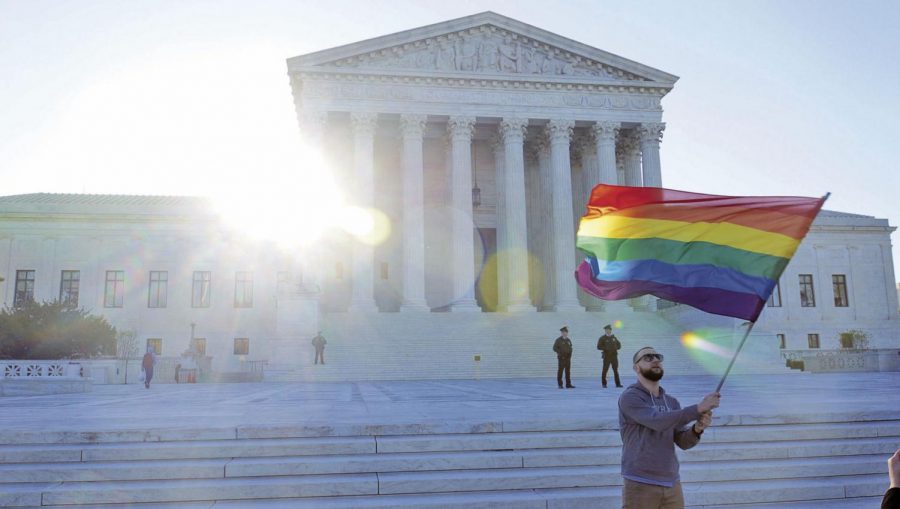The call for representation in Hollywood continues
Growing up as a gay youth in small-town Texas (familiar narrative, I know), there weren’t many other people who were “like me” around. I didn’t have a basis on which to align my own expectations for life, and just generally felt incongruent with my surroundings and with much of the world – a feeling which many marginalized people can recognize. This was moreover exacerbated by the fact that I never saw anyone like me in media.
Marginalized individuals have been calling for adequate representation for years, and while things have improved, there’s still a long way to go. The basic concept behind representation is to depict marginalized groups within media through characters, be it books, comics, video games, television, movies, podcasts, what have you. It’s a deceptively simple demand, but the benefits are wide for both subordinate and dominant groups of people alike.
Seeing people that look like you is an essential source of validation, especially in one’s youth. Having individuals one can identify with, reaffirms their existence, which can promote a healthy sense of self. To better illustrate, consider the converse: if a child never encounters someone like them, or they rarely do so, they will come to the natural assumption that they are unusual, other. This othering effect breeds a sense of unbelonging and, since children often lack the communication skills to adequately elaborate upon these feelings, it often goes unnoticed and unaddressed. This creates issues later on in adolescence and adulthood.
Additionally, non-marginalized people serve to benefit from representation, primarily through establishing empathy. To elaborate, the oppression of marginalized groups is perpetuated through the misconceptions and lack of knowledge that their oppressors have regarding them. This peeks through in stereotypes, microaggressions, and public policy.
The issue is that many people in a dominant group can live without having to address or interact with the issues of marginalized people, and are therefore allowed to live in ignorance. Representation combats this by providing exposure to marginalized groups as people and individuals, humanizing those who are otherwise unknown to dominant groups. In this way, representation manages to both promote a sense of empathy in oppressive groups, while also establishing a sense of belonging and identity in marginalized peoples.
That being said, just because a marginalized person is depicted in media does not mean it serves as a good representation. In fact, a fair amount of representation is bad representation. Marginalized groups need to be seen, but when their roles are reduced to stereotypes it’s not only ineffective, it’s counterproductive. This is because it fails to humanize these individuals, and instead perpetuates negative mindsets surrounding these groups. This takes on a variety of forms: reducing POC roles to criminals, queer coding villains, killing off the lesbian, using disabled individuals only as a feel-good story for abled-bodied people; these do provide representation, but ultimately just make things worse for the groups they portray.
As small as it may seem, representation means a lot to groups who are often made invisible in media. People need to see themselves reflected in the media they consume, and we must continue to work for improved representation in the future.







